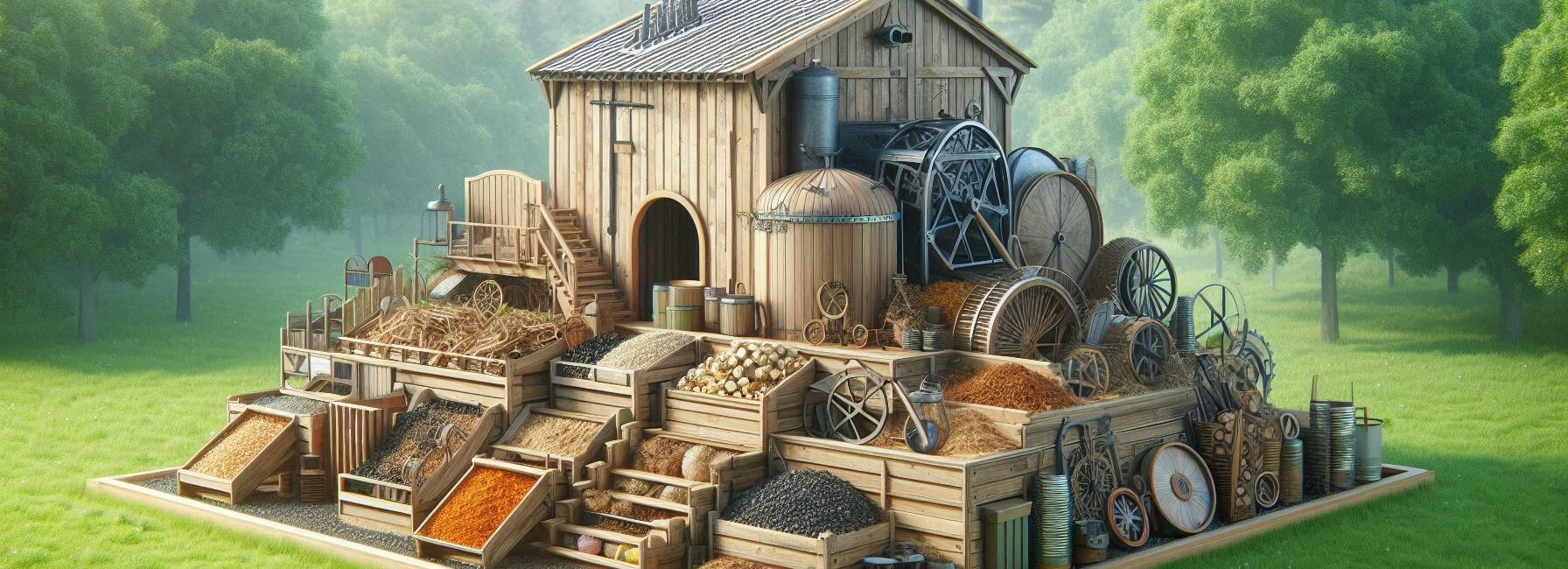Please Note: This post may contain affiliate links. If you click one of them, we may receive a commission at no extra cost to you. As an Amazon Associate, I earn from qualifying purchases.
Last Updated on October 19, 2025 by Kevin Collier
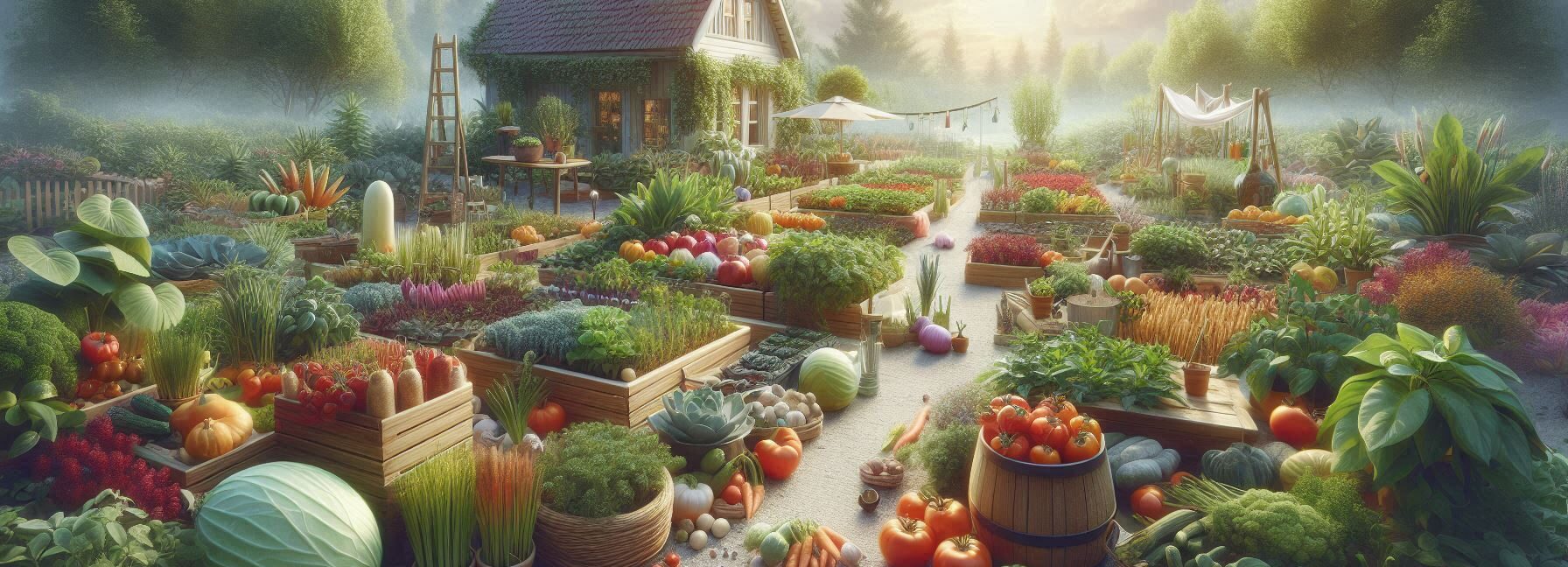
Top Takeaways and Key Concepts
– Select diverse crops to ensure a steady food supply throughout different seasons.
– Prepare your soil by testing nutrient levels and amending as needed for optimal growth.
– Use companion planting techniques to naturally deter pests and improve plant health.
– Establish a regular watering schedule to maintain consistent moisture in your garden.
– Harvest crops at peak ripeness to maximize flavor and nutritional value.
So, you want to start a garden? That's great! You're going on a great adventure. Imagine your backyard or even just a little balcony full of lush plants. You can get fresh herbs and vegetables right away. It's like having a little store of treats right outside your door!
Imagine waking up and eating a ripe tomato or some lovely basil for breakfast. Yum! It's way better than going to the store again, where you can never locate what you need and everything feels like a treasure hunt. I mean, who wants to have to seek for toilet paper again?
It sounds like a major deal to start a garden, but don't let that scare you. You will learn a little bit at a time. Get some seeds, pots, and suitable earth. That's all you need to do to get started! It will be worth it even if you only have room for a few herbs.
Plants can be irritable at times. They might not grow the way you want them to. And that's fine! Think about how a flower requires water and sunshine to grow. The seasons will modify your garden. You will find out what works and what doesn't. It's like a small puzzle.
Talk to your plants if you can. I know it seems dumb, but it can be fun! They enjoy being the center of attention. And when you finally see that little plant poking through the dirt? It's like a little victory dance in your heart!
Taking care of plants can also be calming. Just imagine sitting in your garden after a long day and listening to the peaceful sounds of nature. You might see a butterfly flying by. So calm.
Keep in mind that this is your space. You can make whatever makes you happy, even if it's just a few small pots of herbs. Take your time. Enjoy every second, even when your hands are dirty and you find a bug now and then.
Let's get started with expanding! Your garden paradise is ready for you. What will you plant first?
*** Shop for Survival Gear - Tools - Kits ***
Survival Gear - Bags and Backpacks - Knives - Boots/Footwear - Communication
Outdoor Cooking - Gloves - Hydration - Dry Boxes - Water Filtration Systems
Tents - Sleeping Bags - First Aid Kits - Multi-Tools - Flashlights - Fire Starters
Navigation - Survival Food - Night Vision - Headlamps - Stun Guns - Binoculars
Choosing the Right Location
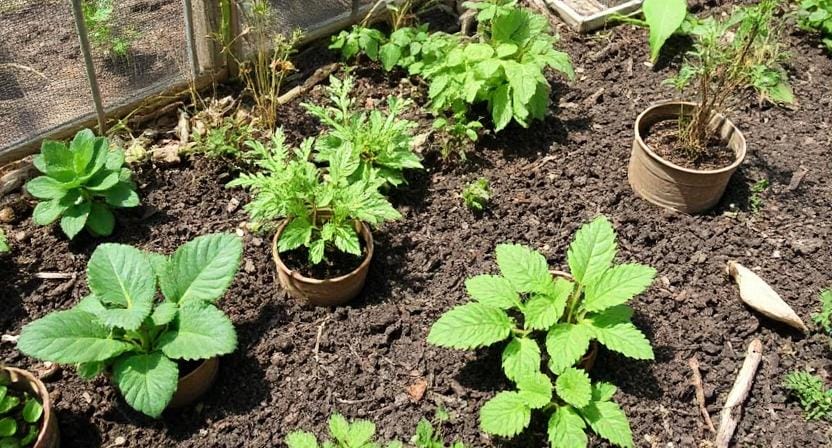
First things first: location, location, location! Just like real estate agents always say, where you plant your garden is crucial. Ideally, you want a spot that gets at least six hours of sunlight daily. So, no shady corners where your plants will sulk like teenagers forced to clean their rooms.
By the way, if you have pets or kids who think your garden is an all-you-can-eat buffet or a new playground, consider fencing it off.
Nothing ruins your survival plans faster than discovering Fluffy has turned your lettuce patch into her personal litter box—or worse yet, little Timmy using it as a makeshift soccer field!
Before planting anything, check your soil quality. Is it sandy? Clay-like? Or does it resemble something you'd find in an alien landscape?
If it's not great (like my attempts at baking bread), don’t fret! You can improve it with compost or organic matter. Trust me; even if you’re not Martha Stewart, adding some nutrients will make a world of difference.
Selecting What to Grow
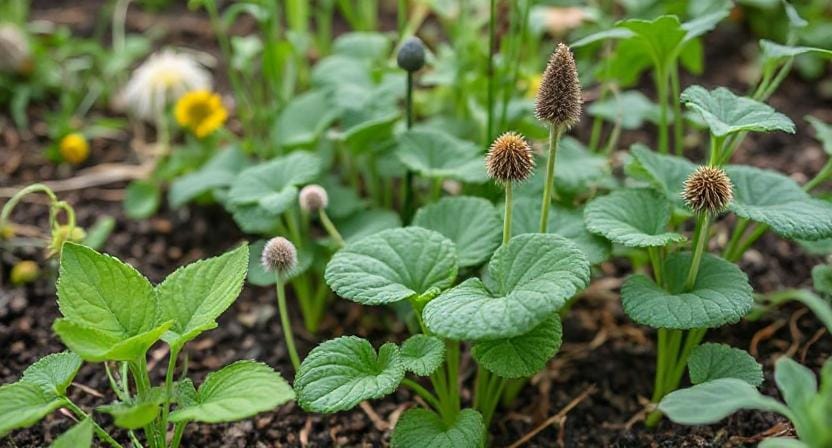
Now comes the fun part: deciding what to grow! This is where I often get overwhelmed because let’s face it—there are so many choices out there. Do I want tomatoes that taste like sunshine or peppers that could double as hand grenades?
I recommend starting with easy-to-grow vegetables such as lettuce, radishes, and zucchini. These guys are basically the overachievers of the garden world—they sprout quickly and don’t require much fussing over.
Plus, they’ll help build your confidence before you tackle more demanding crops like eggplants (which I swear have secret lives).
And speaking of secret lives… don’t forget about herbs! Basil, parsley, and cilantro are excellent companions in any survival garden. They not only enhance your meals but also make you feel fancy when cooking for friends—who may never know how little effort went into growing them.
Preparing Your Soil
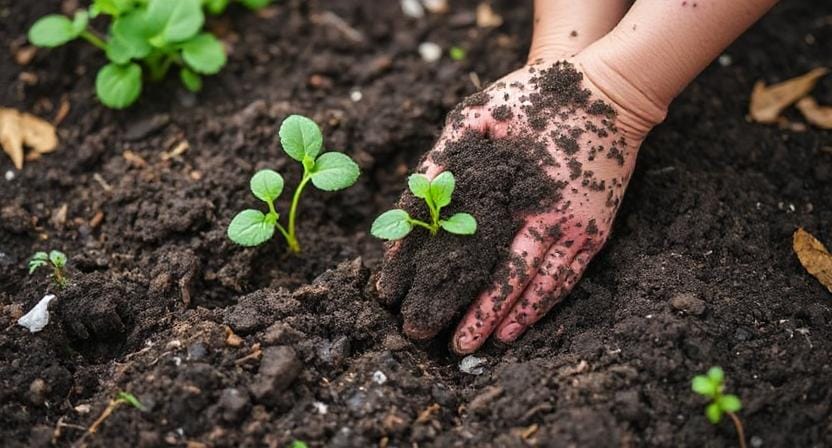
Alrighty then! Once you've chosen what to grow (and likely spent too long daydreaming about delicious salads), it's time to prepare your soil. Think of this step as giving your plants their very own spa treatment—it’s essential for their happiness!
Start by tilling up the ground with a shovel or hoe until it resembles something akin to fluffy cake batter (minus the frosting).
Break up any clumps and remove rocks because nobody wants their tomatoes growing around boulders like they’re auditioning for “Survivor: Backyard Edition.”
Next up is mixing in compost or well-rotted manure—yes, manure! It may sound gross now but trust me; it's nature's magic fertilizer. Just remember: if you're using fresh manure from farm animals… maybe avoid wearing white pants during application.
Watering Wisely
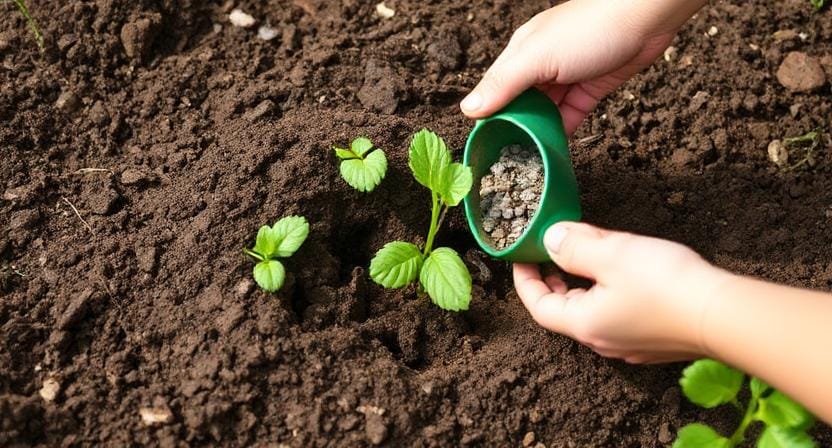
Let’s talk water—every plant's best friend and worst enemy rolled into one confusing relationship. Too little water?
Plants wilt faster than my motivation on Monday mornings. Too much water? They drown faster than me trying to swim after jumping off a dock without floaties.
The key here is consistency! Early morning watering is ideal since plants can drink deeply without evaporating under midday sun rays (a bit like enjoying coffee before work).
And don't forget about mulching; it helps retain moisture while keeping pesky weeds away—which means fewer battles against unwanted greenery invading your veggie kingdom.
To be fair though—and this might come as shocking news—you should pay attention to rainfall too! If Mother Nature decides she’s feeling generous with her showers one week… adjust accordingly so you don't end up creating swamp conditions in your garden plot!
Pest Control Without Panic

Ah yes, the thing that every gardener dreads: pests! These bugs can really mess up our hard work, whether they're chewing on leaves like they just won an all-you-can-eat buffet ticket or buzzing around looking for trouble (I'm looking at you, aphids!).
It's interesting that prevention often works better than trying to kill a lot of people later on. Start by bringing in helpful bugs like ladybugs and lacewings. They are nature's pest control professionals and won't charge you by the hour!
You can also attempt companion planting, which is a fancy way of saying that some plants assist each other grow and keep pests away at the same time. Bugs loathe the smell of marigolds, but gardeners enjoy it when they put them next to vegetables.
If pests do get in, even after taking all the right steps… Whenever you can, try to use organic ways instead of chemical warfare. We're trying to make gardening last!
Harvesting Like A Pro
Finally, the time we've all been waiting for: harvest time! This is where we get paid for our hard work and patience, and we could even learn some life lessons along the road, like how zucchinis grow quicker than rabbits.
Each crop has its own signs of ripeness. For example, tomatoes should be a plump red color, and cucumbers should be a bright green color before you pick them. These are all positive signs that they are ready to be picked!
Also, if you've grown more food than you can consume yourself (*cough* zucchini *cough*), share it with friends or neighbors! It helps people in the community and avoids food waste. Plus, giving someone homemade food is a great way to show you care.
Are you growing a garden to survive? It's a lot more than just a good idea. It's like stepping into a completely new world! You can observe little seeds grow into large, tasty plants. That's so cool!
Think about it. You don't have to go to the store and look at excessive prices. You can just go outdoors and choose fresh tomatoes or crunchy cucumbers. It's like a small piece of enchantment in your own backyard. Also, it feels wonderful to know that you're taking care of yourself.
Think about how happy it would be to cook with your own vegetables. That happiness? No way to beat it. You're not simply saving cash. You love every minute you spend watering your plants and digging in the dirt. You are now friends with the worms. They help the soil get better! Isn't that fun?
It might be hard at times. A squirrel could want to eat your vegetables. Or maybe your plants are starting to look sad. But that's only part of the trip. Like life, every garden has its good and bad times. You learn, you change, and you keep going.
Every time you harvest, it feels like a prize for all the labor you've done. The flavor of something you grew yourself? It's like a small present. You can also share it with friends and family. How nice is that?
So, as your grocery bills go up, you'll be proud. You can count on your garden. It's not only about saving money. It's about making connections. Connecting with nature, your food, and yourself. That's what makes it all worth it.
Are you ready to get started? Let's help that garden grow! 🥕🌻
Suggested External Resources:
How To Start a Survival Garden
https://www.survivopedia.com/start-survival-garden/
10 Best Vegetables for Your Survival Garden
https://www.backdoorsurvival.com/best-vegetables-survival-garden/
Companion Planting Guide
https://www.gardeningknowhow.com/garden-how-to/companion-planting.htm

Kevin Collier is a seasoned survivalist and expert in prepping and homesteading, contributing to WiseSurvive.com. With a deep-rooted passion for self-sufficiency and outdoor survival skills, Kevin shares practical advice, strategies, and resources to help individuals prepare for any challenge. His informative articles cover a range of topics, from essential survival techniques to sustainable living practices, empowering readers to thrive in any situation. Whether you're a novice or a seasoned prepper, Kevin's insights will inspire you to take charge of your readiness and build resilience for the future.




